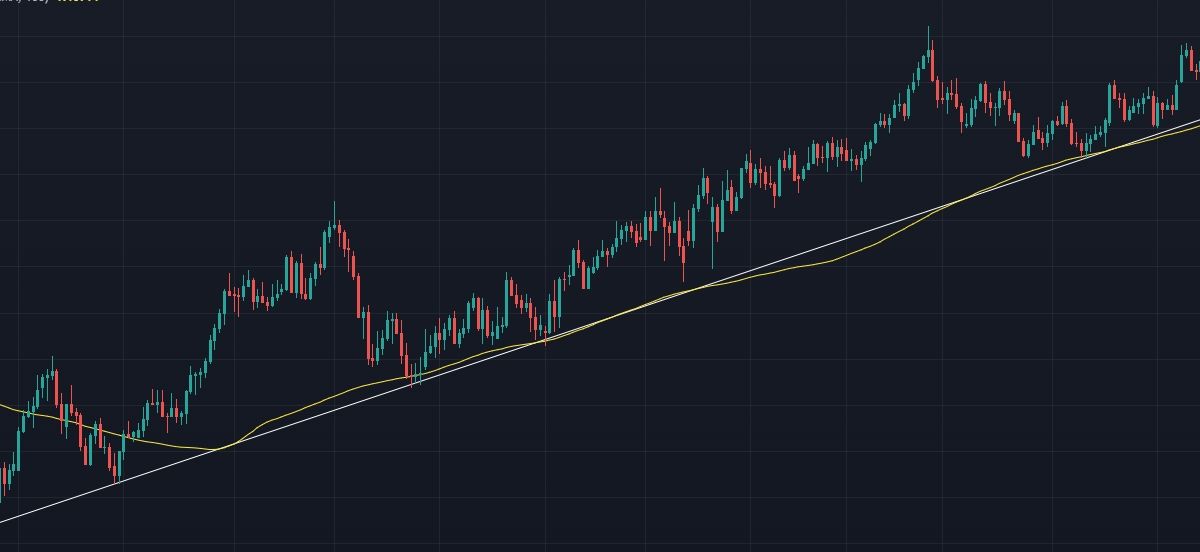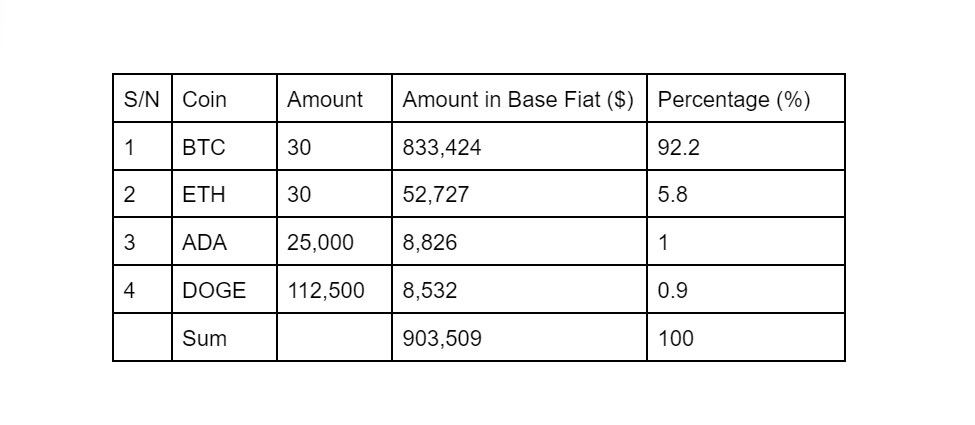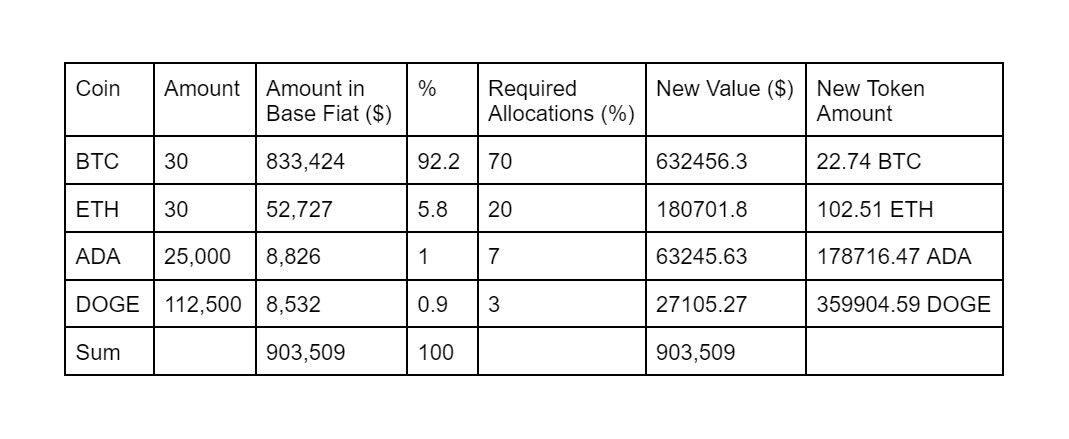As a crypto investor, you likely have diverse digital assets in your portfolio, including high-risk and low-risk cryptos. The general rule of thumb is to allocate a larger portion of your portfolio to low-risk assets and a smaller part to high-risk assets. However, because of the crypto market's fluid nature, your investment allocations will often change.
As a result, you'll need to rebalance your crypto portfolio frequently. But what does it mean to rebalance your portfolio, and how should you go about it?
What Is Crypto Portfolio Rebalancing?
Rebalancing your crypto portfolio involves redistributing—buying and selling—your assets to return them to their original weightings.
Let's say you create a portfolio with 50% BTC and 10% ETH, ADA, DOGE, MATIC, and DOT. Due to price swings, DOGE may become more valuable than ADA, and the allocation will become 15% and 5%. With rebalancing, you'll sell off some DOGE and buy some ADA to retain the initial allocations—10% each.
You can only rebalance your crypto portfolio if you have multiple digital assets. Although each crypto is priced differently, you allocate percentages to each asset calculated based on a fiat currency. For instance, if you have $100 and want to create a portfolio using the allocations mentioned earlier, you'd have BTC worth $50 and ETH, ADA, DOGE, MATIC, and DOT worth $10 each.
As the crypto market fluctuates, these assets would be worth more or less in dollars. With rebalancing, you'd sell off the ones worth more than they should and buy more of the ones worth less until you regain your original allocation.
Remember that the value of your investment will change from the original $100. This means you'd have to convert all your assets to the base currency to get the new value, which could be $90, $150, or anything else. Then, you'd rebalance based on this new value: If $150, you'd have BTC worth $75 and other tokens worth $15 each.
With portfolio rebalancing, you can maintain your investment allocation and risk-to-reward ratio despite the volatile crypto market. This will help you mitigate unplanned risks, like investing more in high-risk crypto assets. However, crypto portfolio rebalancing is a long-term crypto trading strategy, so you won't reap the benefits immediately.
2 Factors to Consider Before Rebalancing Your Crypto Portfolio
Although rebalancing your crypto portfolio is a great idea, a few details affect how and when you should do it.
1. Market Trends and Conditions
Your decision to rebalance should be based on future expectations about the crypto market. Sometimes, one asset will consistently outperform all others, and you'll need to sell it to buy the low-performing ones at a bargain price. At other times, low-risk assets could tank, and selling a high-performing "risky" asset to buy them would result in immense loss.
Typically, traders stock up on cryptos with larger market capitalization, like BTC and ETH, to reduce volatility and minimize risk. However, you'll need to rebalance your portfolio more frequently if you have more medium and low market cap coins. This is because their values are much more susceptible to change.
2. Investment Goals and Risk Tolerance
You might not need to rebalance your crypto portfolio often if you have a long-term view. This is because the crypto market remains volatile, and buying and selling digital assets incur fees and taxes, which could cancel out your gains.
Your investment goal and risk tolerance will also determine your rebalancing strategy. For instance, you may rebalance if the allocation exceeds a certain threshold instead of at predetermined periods if you have a low-risk tolerance.
How to Rebalance Your Crypto Portfolio
If you want to rebalance your crypto portfolio, follow these easy steps.
1. Determine Your Portfolio's Current Asset Allocation
In addition to your ideal asset allocation (e.g., 25%, 25%, 25%, and 25%), you need to know the current allocation of your digital assets before rebalancing your portfolio. This involves some maths; you have to convert your assets to a base currency (e.g., the US dollar), sum the value of your portfolio, and determine the allocations and your total investment value.
However, you can skip this step if you use an automatic rebalancing tool (more on this later).
2. Identify the Crypto Assets to Be Rebalanced
Let's assume you want a crypto portfolio with 70% BTC, 20% ETH, 7% ADA, and 3% DOGE. All four assets must be rebalanced based on the above current allocations (92.2% BTC, 5.8% ETH, 1% ADA, and 0.9 DOGE). You will need to sell BTC until it is 70% of your new total investment value and buy more ETH, ADA, and DOGE until they regain your intended allocations.
As in step 1, you can forgo this part with an automatic crypto portfolio rebalancing tool.
3. Choose a Rebalancing Strategy
Generally, there are three rebalancing strategies you can adopt.
First, you could employ a threshold rebalancing strategy, where your assets are adjusted after they cross a particular point. For instance, you could cap allocation changes at 15%. Once an asset's allocation goes beyond this point, either in the negative or positive, you rebalance. This method is best if you have a long-term view and don't want to spend much on transaction fees.
Another strategy you could implement is periodic or calendar crypto rebalancing. With this method, you'd set a regular rebalancing schedule. If you rebalance weekly, you will adjust your assets to your original allocations at the predetermined time every week. This strategy would help you maintain a firmer grip on your crypto portfolio, ensuring a lower portfolio drift and a well-adjusted risk investment.
Alternatively, you could employ a hybrid rebalancing strategy, a mix of calendar and threshold. With this method, you would adjust your portfolio every time an asset crosses a particular point and on a schedule.
4. Implement Your Strategy
After selecting a portfolio rebalancing strategy, you can implement it manually or automatically.
A manual approach means calculating the allocations and executing the required trades yourself. You must carry out all the steps swiftly because the crypto market is very fluid. Also, you need to carefully log each transaction to monitor the performance of your portfolio and determine your capital gains for tax purposes.
5. Optional: Use a Crypto Portfolio Rebalancing Tool
Alternatively, you could employ a crypto portfolio rebalancing tool, like Shrimpy, to do the calculations, identify the assets to be rebalanced, implement your strategy, and record all the transactions. You can connect safe crypto exchanges like Coinbase, Binance, and Kraken and some of the best cryptocurrency wallets like MetaMask and LedgerLive. Before using this rebalancing tool, try out a demo account to determine if it's best for you.
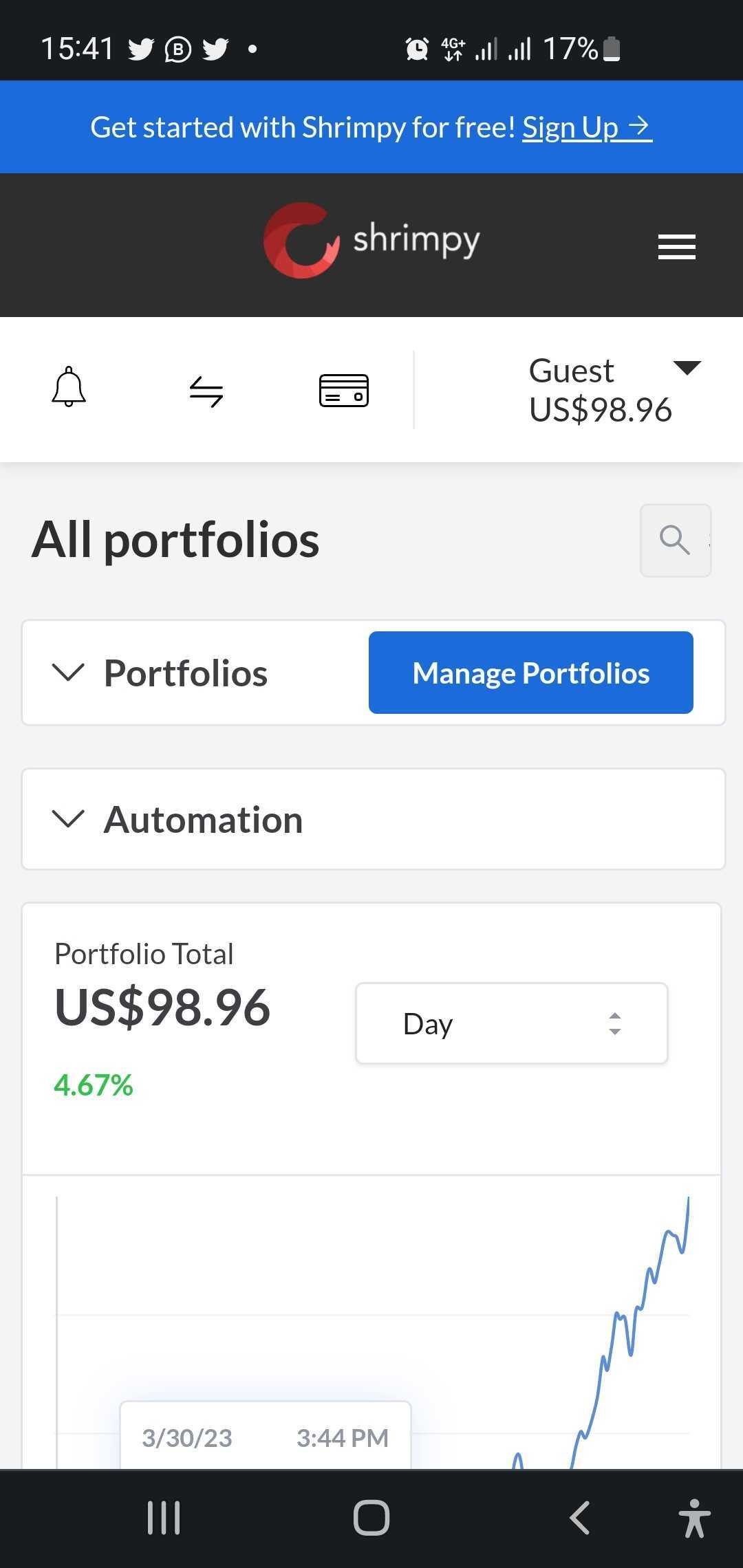
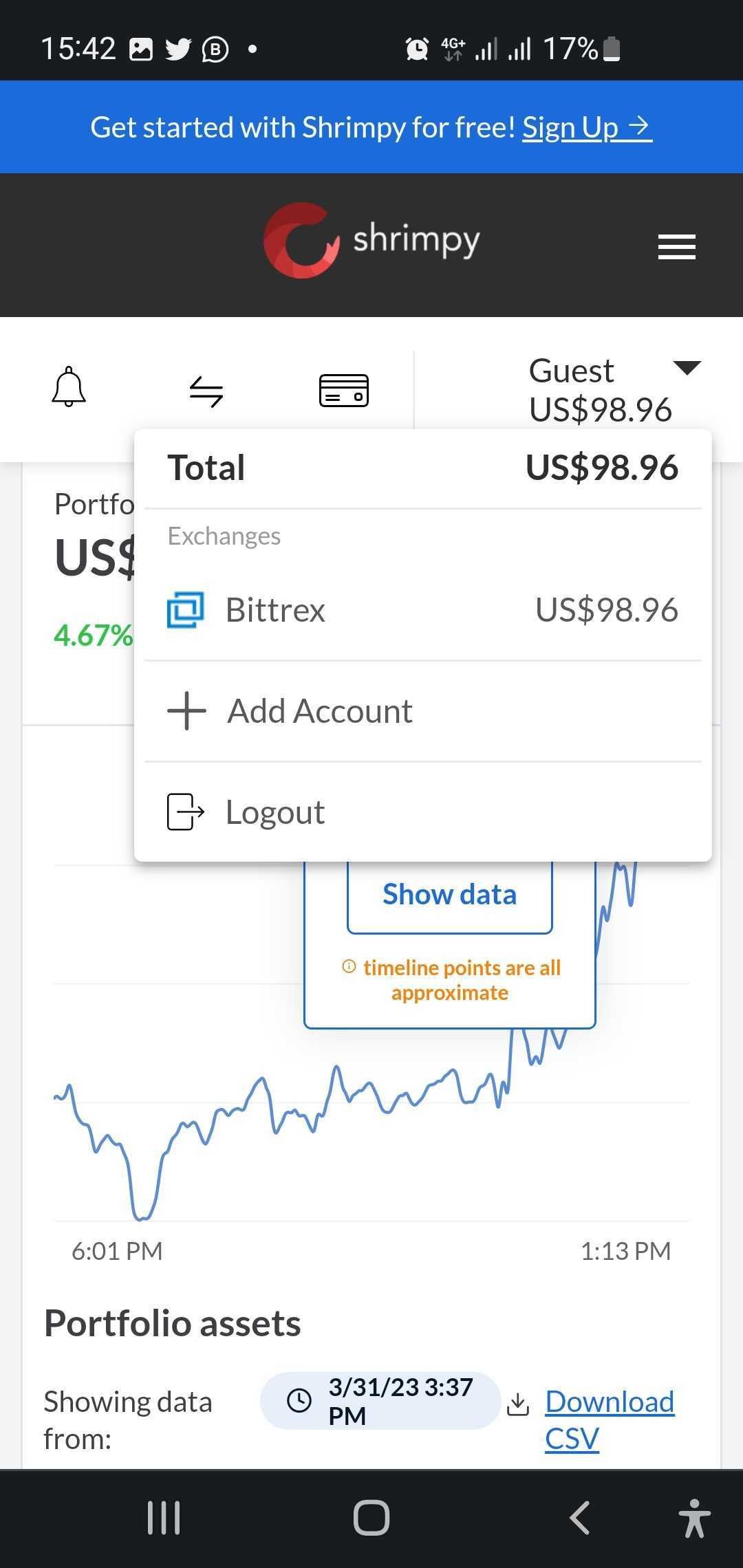
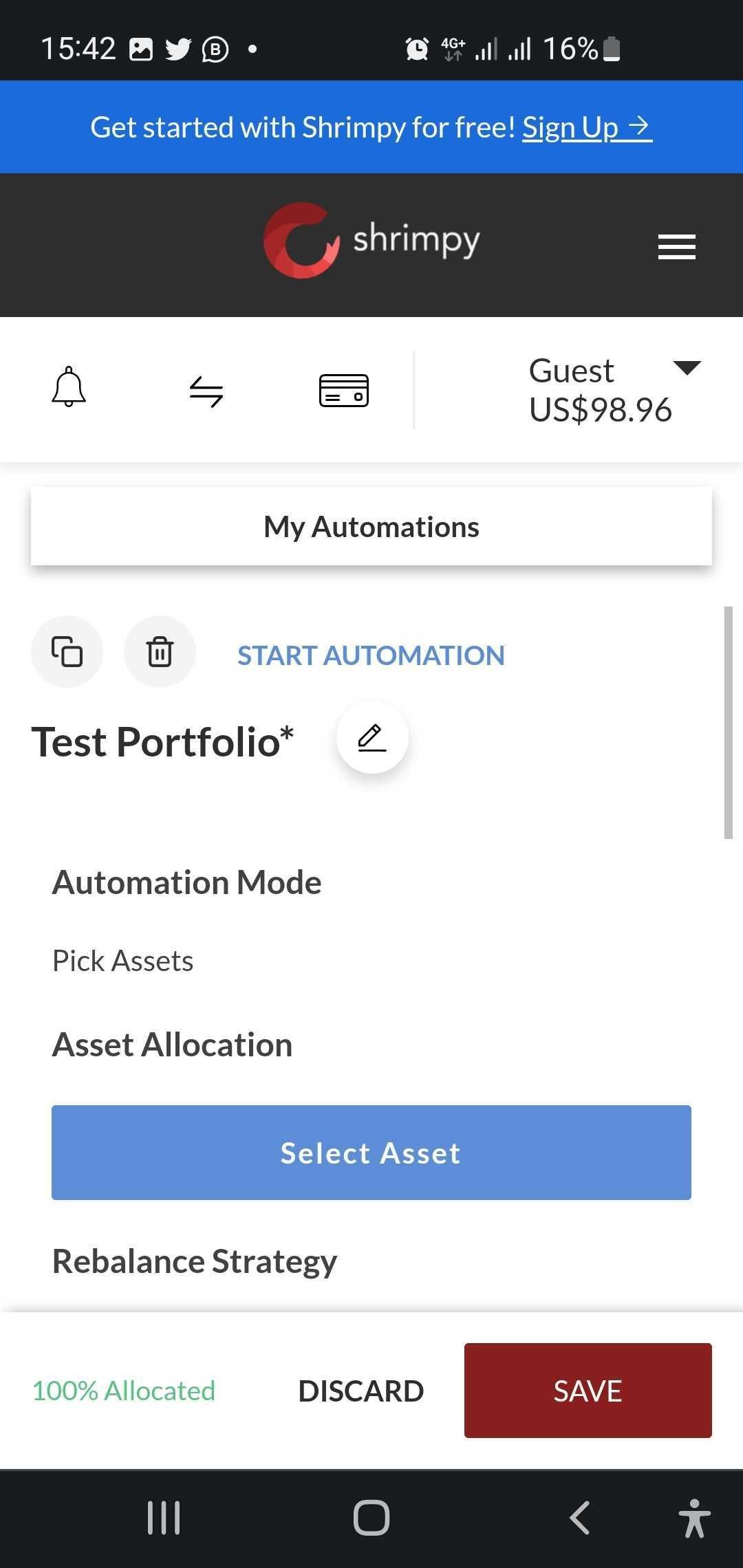
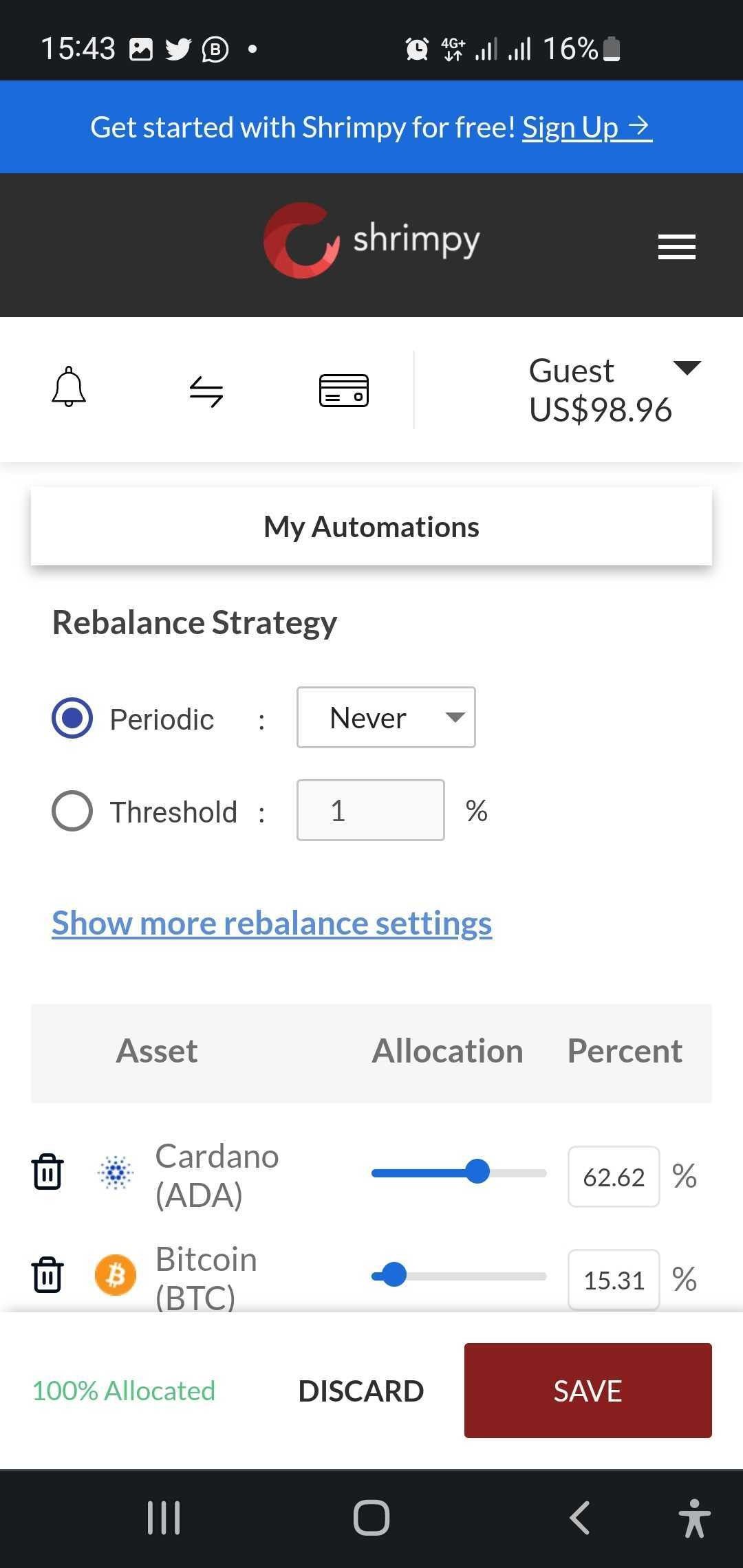
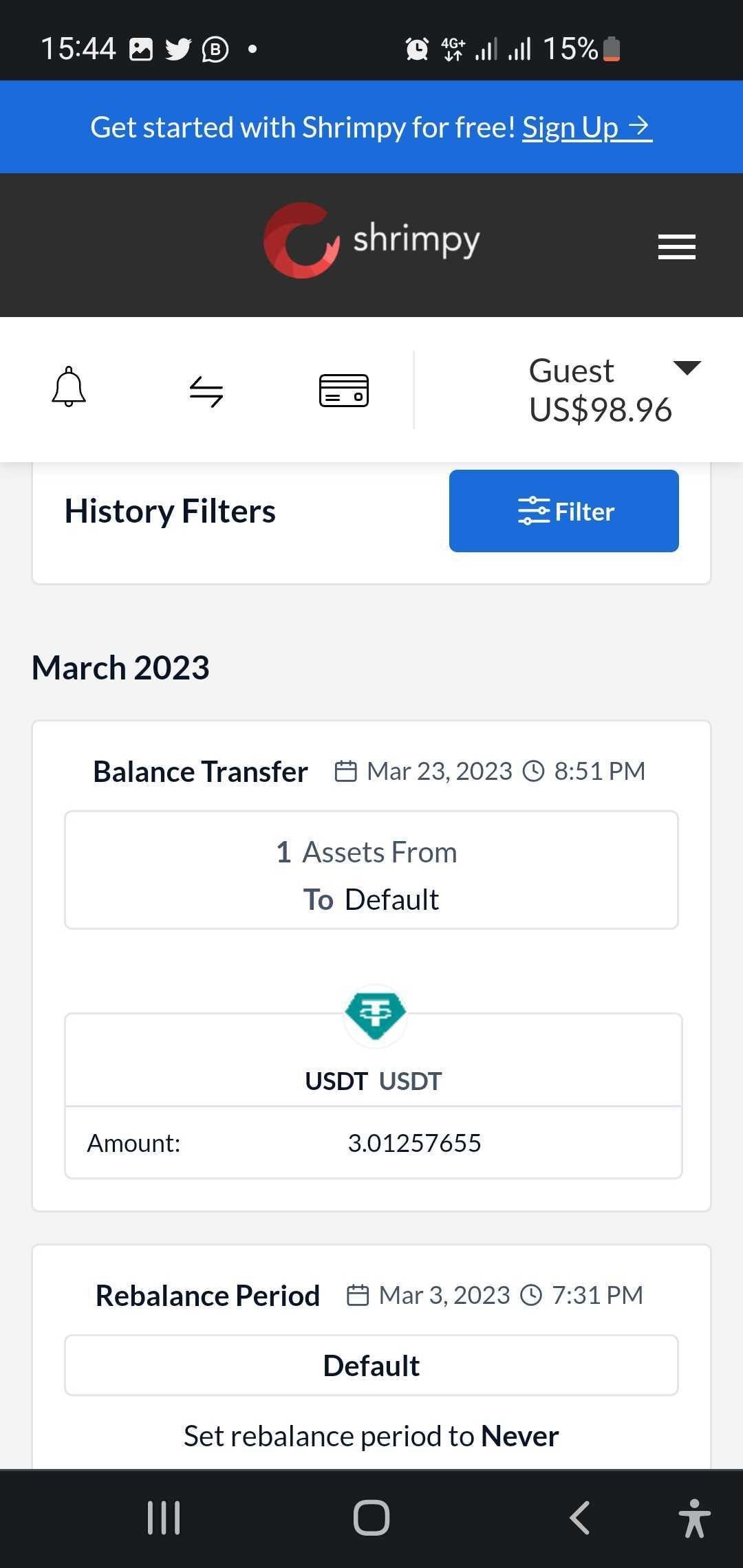
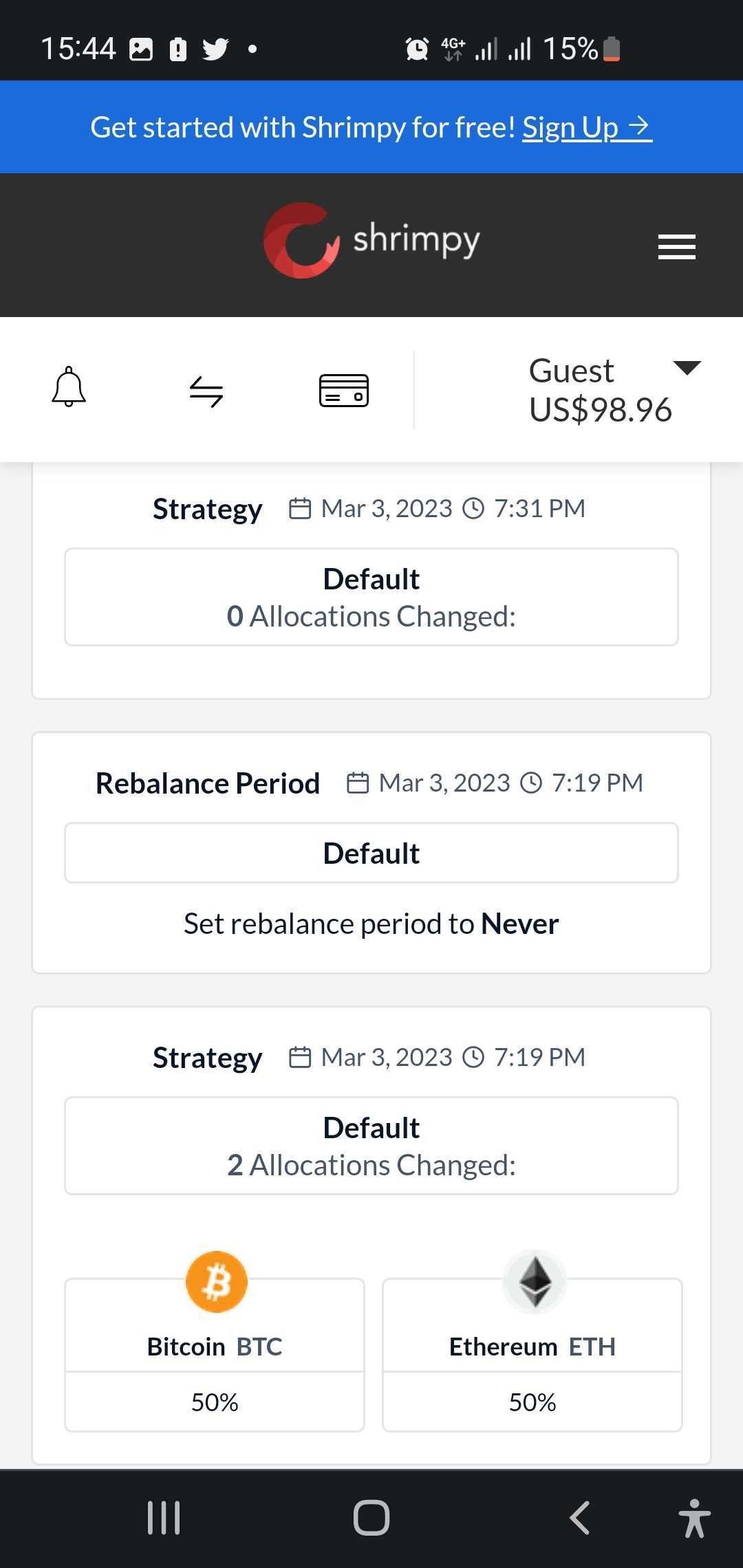
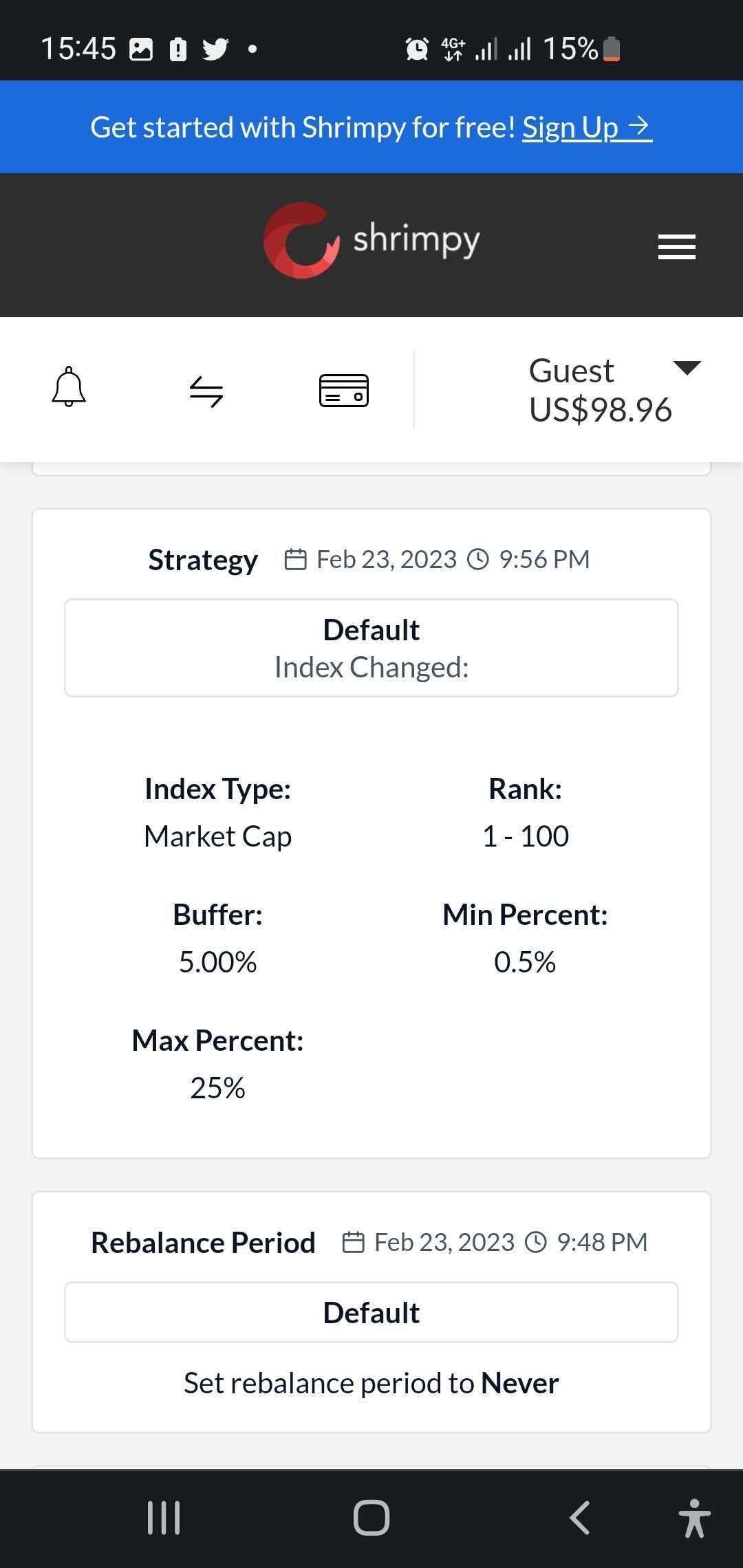
Don't Leave Your Crypto Portfolio Unbalanced
Adjusting your cryptocurrency portfolio can help you mitigate the risks present in this volatile market. Review your investment goals and risk tolerance and determine the best crypto portfolio rebalancing strategy for you to follow. Then, stick to it.
And you'll be on your way to better managing your digital assets!
The information on this website does not constitute financial advice, investment advice, or trading advice, and should not be considered as such. MakeUseOf does not advise on any trading or investing matters and does not advise that any particular cryptocurrency should be bought or sold. Always conduct your own due diligence and consult a licensed financial adviser for investment advice.



